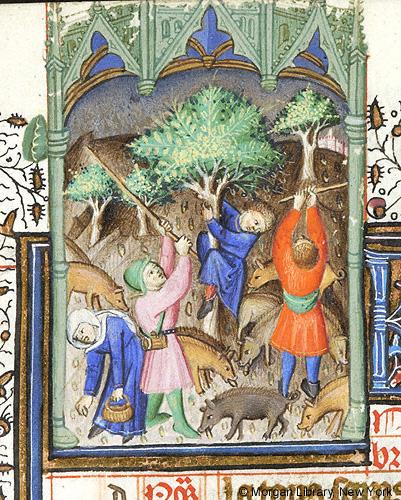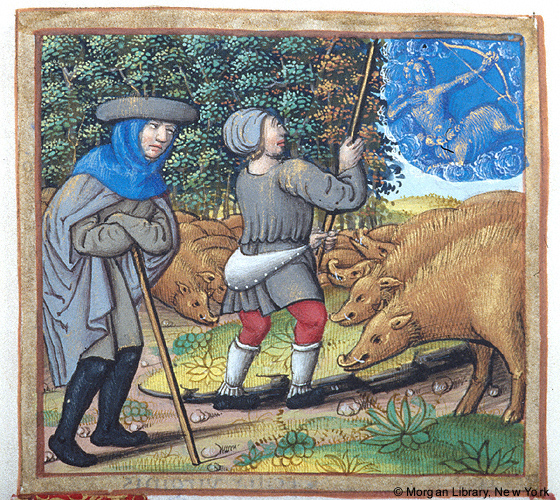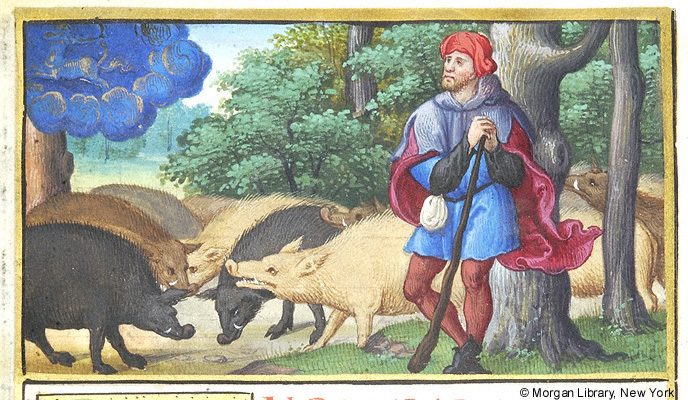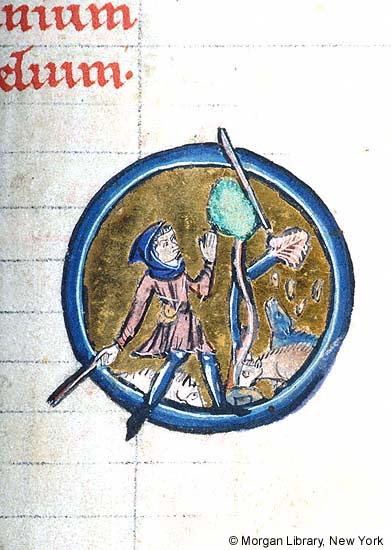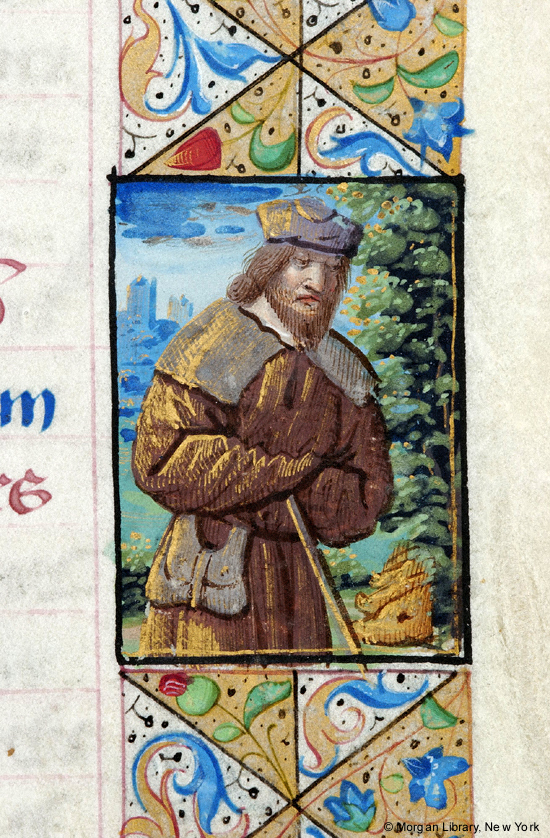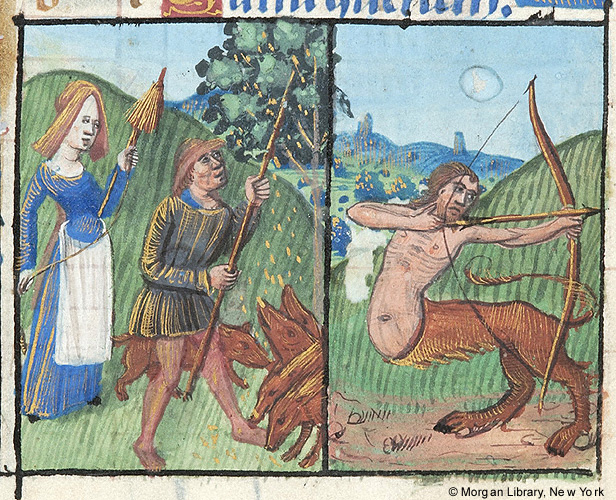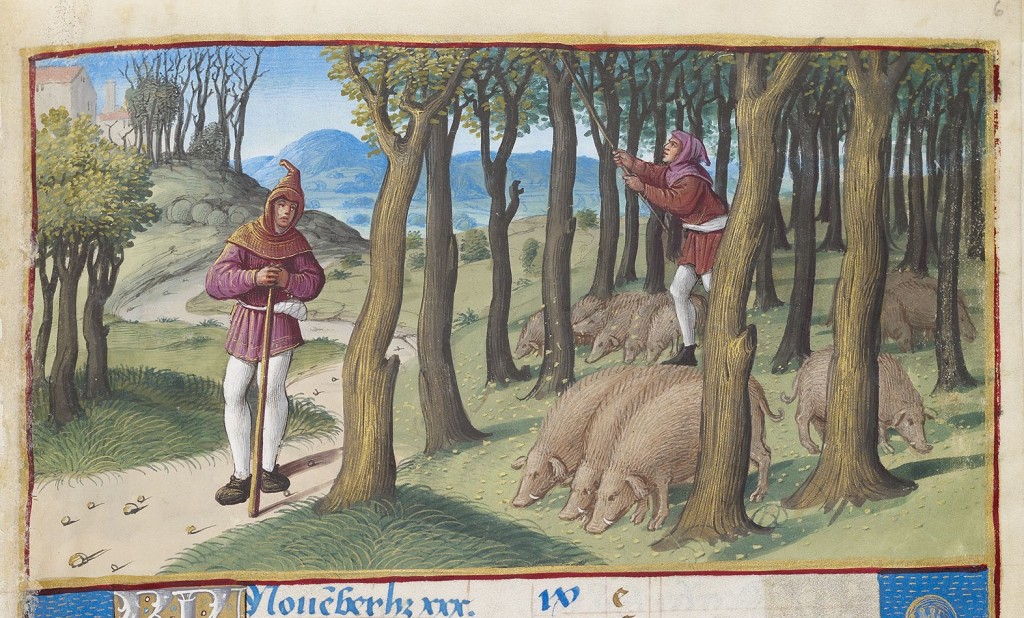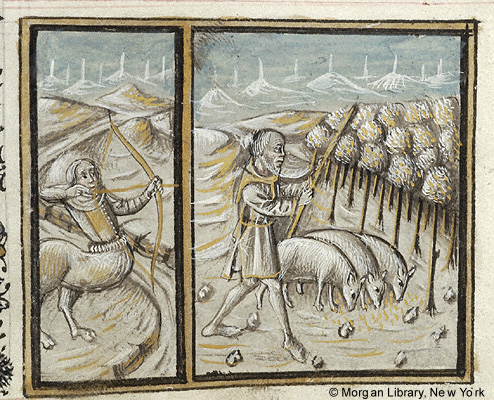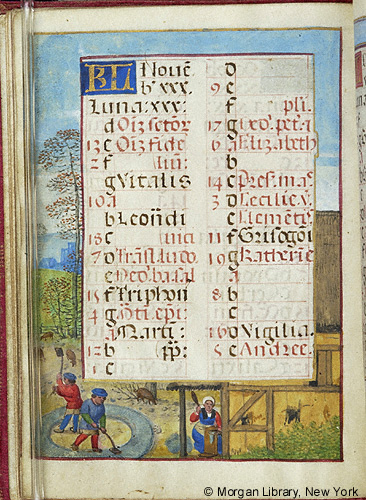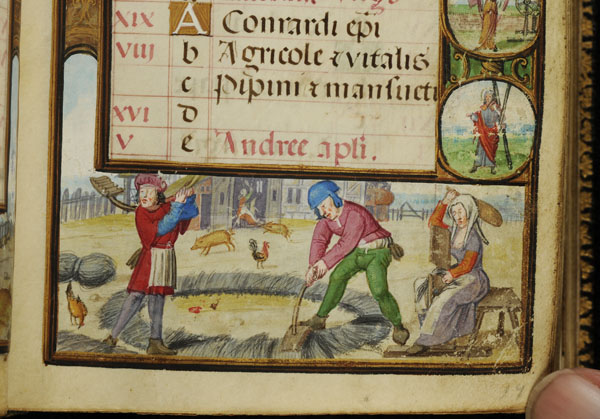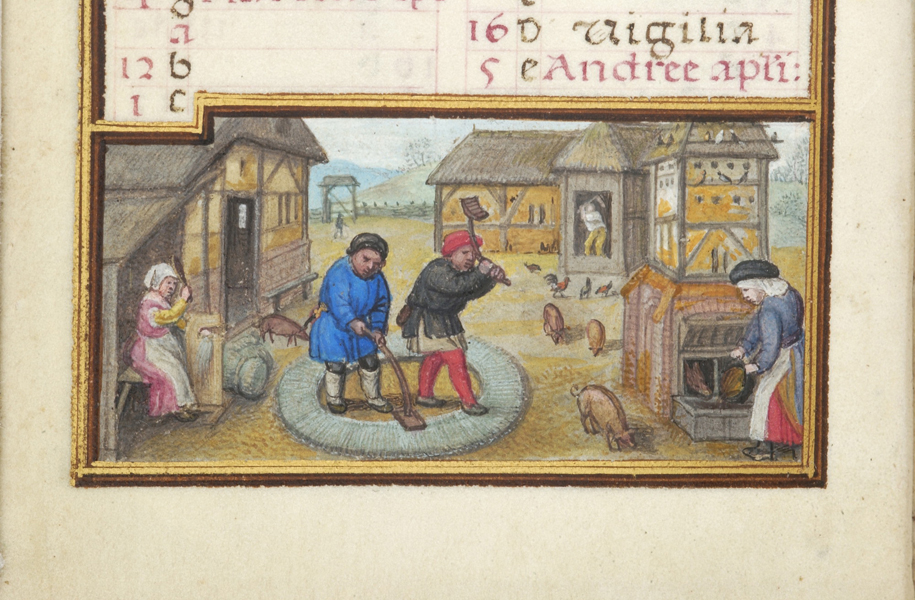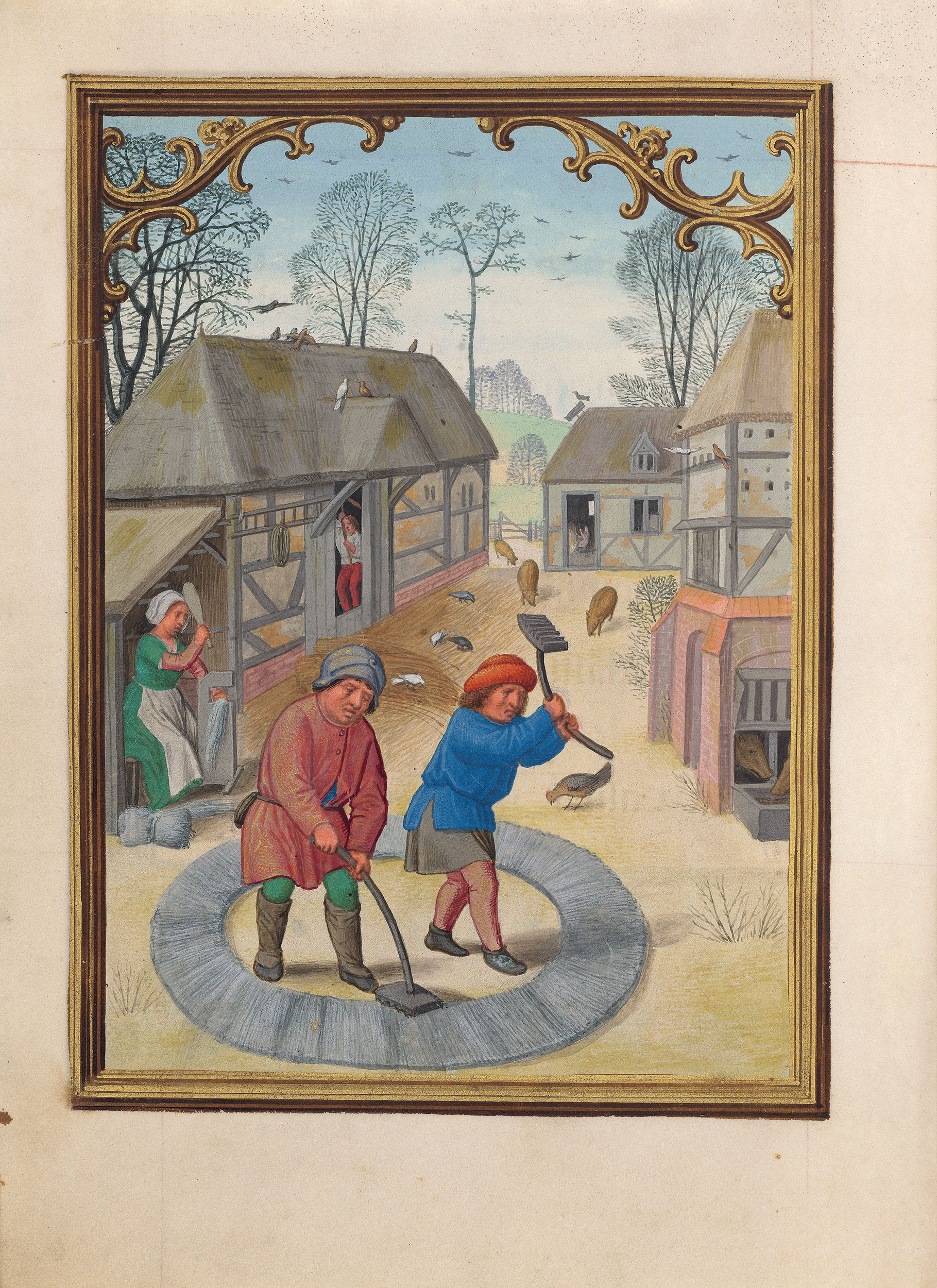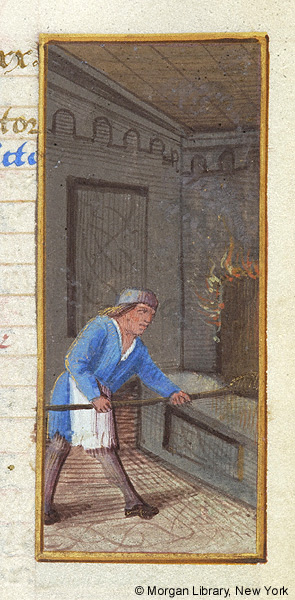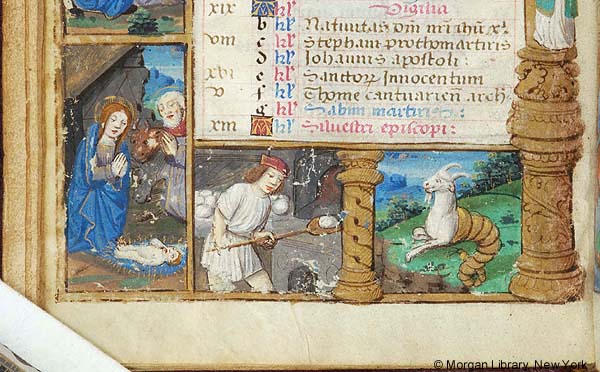A while back, a friend gifted me a bunch of homemade brews named with the theme of knightly virtues. The beers where quite tasty, and my plan was always to drink them and think a little about the virtue of the moment. The beers are gone, but here comes some thoughts! The last one was prowess and now it’s time for courage!
As I’ve done before, I’m heading over to Oxford English Dictionary as my starting point. They have a few different meanings of the word throughout the years.
“The heart as the seat of feeling, thought, etc.; spirit, mind, disposition, nature.” (c1300-1656)
“What is in one’s mind or thoughts, what one is thinking of or intending; intention, purpose; desire or inclination.” (c1320–1626)
“That quality of mind which shows itself in facing danger without fear or shrinking; bravery, boldness, valour.” (1382-)
And the last one is really the one that at least I connect with the word courage today. Even though I think that courage doesn’t have to come without fear. Courage is to do the scary thing, even if it’s scary, because it’s the right thing to do.
And I didn’t have to look for long until someone had the same thought as I did. MiddleWiki has the following words about courage. “Courage is not just the absence of fear. Be willing to say the unpopular truth, to stand up for what is right even if the group is heading in another direction. Willing to put yourself out on the line, to risk failure by reaching (that is a part of striving to be more than you are as well)”.
Count Sir Garick von Kopke writes that “Courage is a virtue cheaply bought in some contexts in the SCA, for it is easy to face death when it means only a short cessation of playing. It takes little true courage to charge into a wall of pikes. True courage in the SCA is not in facing death, but in facing losing.” And I’d agree with him, if we only viewed the SCA through the fighting glasses. But we don’t. SCA is so much more and we have lots of opportunity to be truly courageous. But I’ll get back to that.
Leonhart Hunt of Wildmoor keeps being wise. To start with, his accompanying words for courage is i ntegrity and honesty. “(…) a Knight must remember that stupidity and courage are cousins – pointless risk or sacrifice is not noble. Courage means taking the side of truth in all matters, rather than allowing for the expedient lie. Manifest your truth whenever possible, while remembering to temper justice with mercy.” And in theory I agree with him, but a lot of the time we have to filter our truths.
As it says in the Laurel ceremony; “Rightly or wrongly, a Laurel is taken as an authority, whose words carry considerable weight; do not therefore choose your words lightly. Remember that just as your praise can encourage a young artisan beyond any other force, your censure can crush a budding talent of which the land may, by your actions, forever be deprived.” So when it comes to feedback, we really have to consider the question if the feedback is asked for. And even then, ask for context about what kind of feedback the person is asking for.
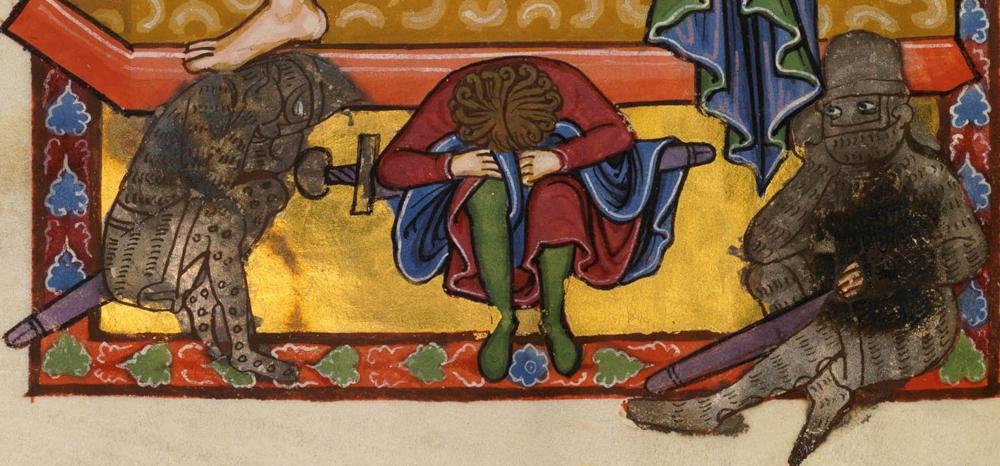
“Courage: Choosing the more difficult path, rather than what comes easy; choosing to live by truth”. Hmm, I can’t really get behind this. This sounds unnecessarily hard on oneself. Courage is choosing the difficult path when you needed. Of course you should push yourself, to strive to be better, but have difficult as default seems like a solid way to wear yourself down. Be kind to yourself.
Cathyn Fitzgerald says that “For many, Courage is bravery in battle, or bravery in the face of danger.
These are but a sliver of the concept that is Courage.” And “Courage is standing up for one’s beliefs, in the face of danger, and in the face of peer pressure. Courage is doing what is right, rather than what is easiest. Courage is not the absence of fear. Courage is being able to act in spite of the fear.”
“Courage in the face of physical danger usually just lasts a few moments, a big burst of adrenaline and it’s passed. Courage in the face of social pressure lasts day after week after month after year.”
/Ælflæd of Duckford
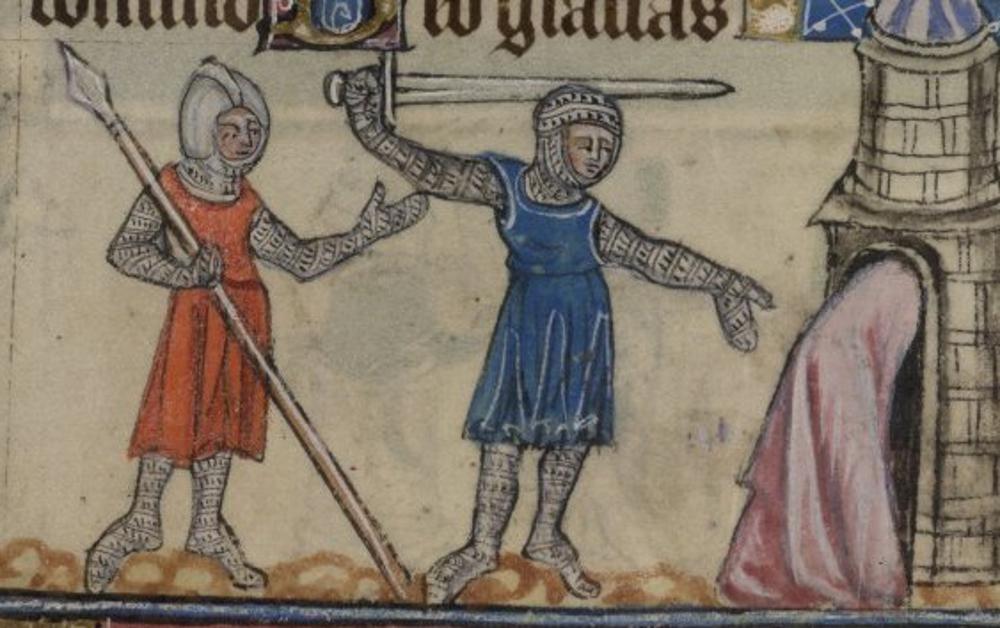
Two words that stand very close to courage is encourage and discourage. The latter I’ve mentioned above when it comes to feedback and the very important advise the new Laurels get in their ceremony. Don’t be “brave” and “tell the truth” if it means you will destroy the confidence in someone. That’s not courageous.
The opposite, to encourage, is one of the most important thing you can do in both our society, and outside it. To give of your time to admire someones work, may it be a dress or a well cooked lunch, is a very important gift. Take those extra couple of minutes to ask some questions about their work. You don’t have to be an expert on the subject, but a simple “how long have you been cooking for?” or “is this period your main focus?” goes a long way when making someone feel seen.
Then of course, we have the kind of courage that is the more difficult kind. To speak up or out against our friends or perhaps people we don’t know, but that others admire. Because even though we’re a society based in chivalry and virtues, we’re a society of people. And people come in all shapes and with all kind of ideas about the world and other people. And it’s not easy to say to someone who’s been a knight for 20 years and been king twice that “hey, that was a pretty racist thing to say”. And it’s not easy to tell others that the man they thought was a lovely and helpful, abused you. And it’s not easy to hold your ground when you’ve been courageous enough to actually speak up. But my hope is that we can be courageous in group, and support each other. If someone does speak up against something that is wrong, have courage and stand behind them.
/Honorable Lady Gele Pechplumin
(Magdalena Morén)


